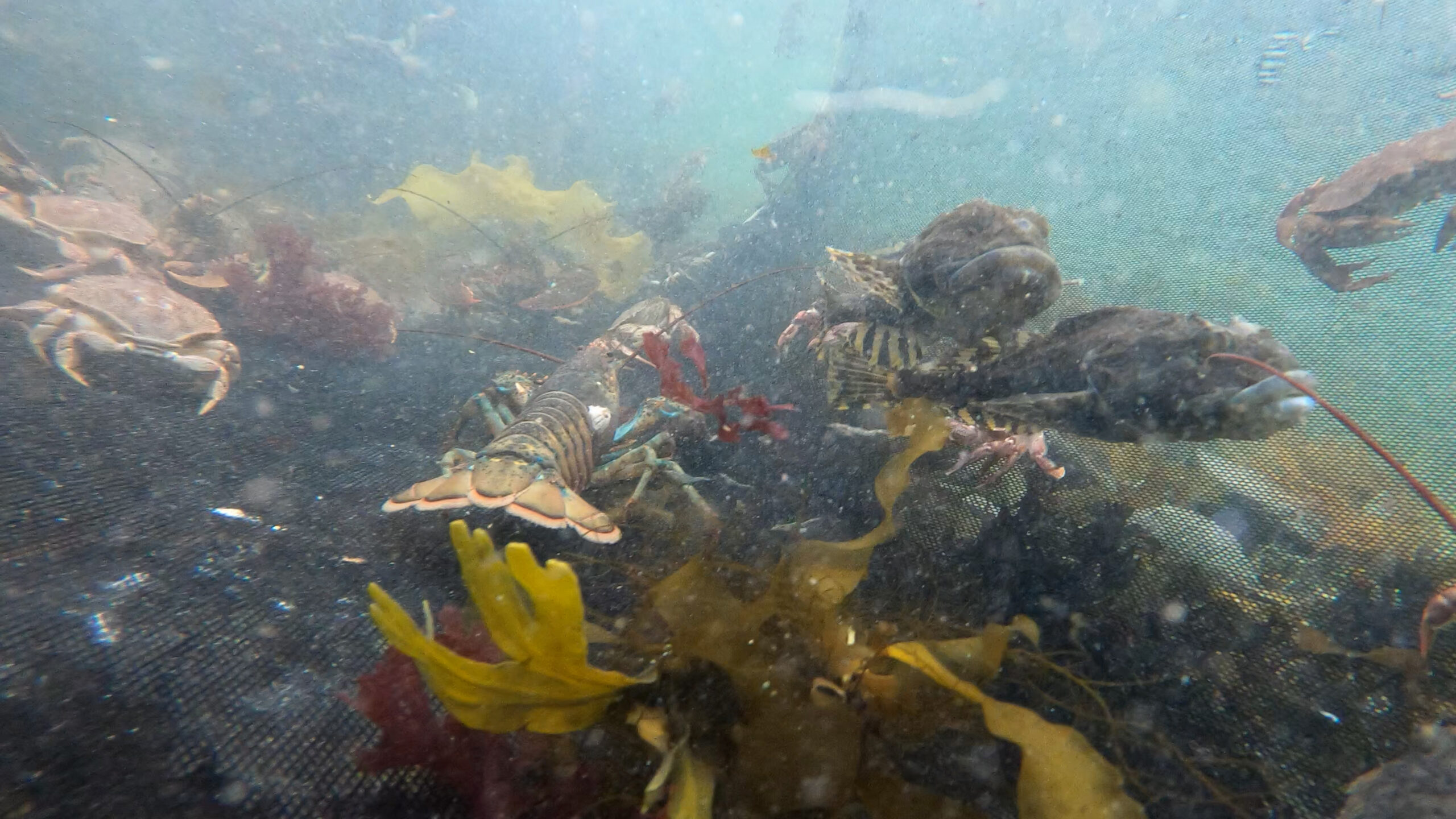
SIZE:
Up to 64 cm.
LIFE EXPECTANCY:
Up to 12 years.
LIFE CYCLE:
Sexual maturity is at age 3 or 35 cm in length.
Spawning takes place between May and July. Each female lays between 350,000 and 4 million eggs. These rise to the surface and hatch around five days later.
The larvae live near the surface for two months. They then migrate to the bottom when they measure 14 mm.
The yellowtail flounder is an oval-shaped flatfish that lies on its left side. Its body is covered with small scales, rough on the visible side and smooth on the other side. Its two fins extend from its head to its tail.
Its head and mouth are small. A narrow crest separates its eyes. A distinctive feature is the arched lateral line behind the head.
The visible side is reddish brown with black and greenish spots. Its colour varies according to the marine environment in which it lives. Its blind side is yellowish white. Its tail is yellow, as suggested by its name.
On the bottom, at depths ranging from 25 m to 365 m.
The yellowtail flounder likes sandy and muddy bottoms. It favours cold water between 2 and 6 °C.
PREYS:
Shrimp
Small crustaceans
Worms
Small molluscs
PREDATORS:
Cod
Other bottom fish
Northern gannets
MACHINES:
Trawl, seine, gillnet.
REGULATIONS:
The yellowtail flounder fishery has been under a moratorium since February 2023 in the southern part of the Gulf of St. Lawrence.
Itsy-bitsy tiny
The mouth of yellowtail flounder is so small that it is impossible to fish them with a hook.
BENEFITS:
The yellowtail flounder is an excellent source of protein and vitamin B, including niacin.
LET’S COOK:
Firm, flaky texture. Lean, soft flesh. Delicate flavour, somewhere between bland and sweet. Yellowtail flounder has no bones.
NOS CONSEILS CULINAIRES:
- Cooking it en papillote (in foil), or with wine or stock prevents the fillets from drying out.
- It can also be baked with butter, grilled or pan-fried.





